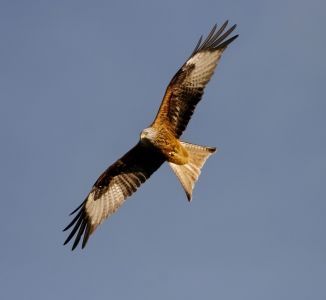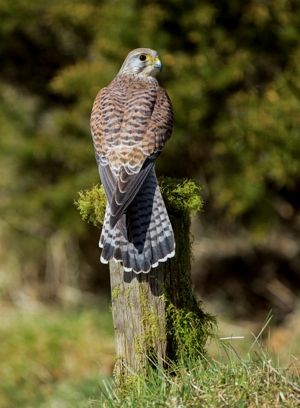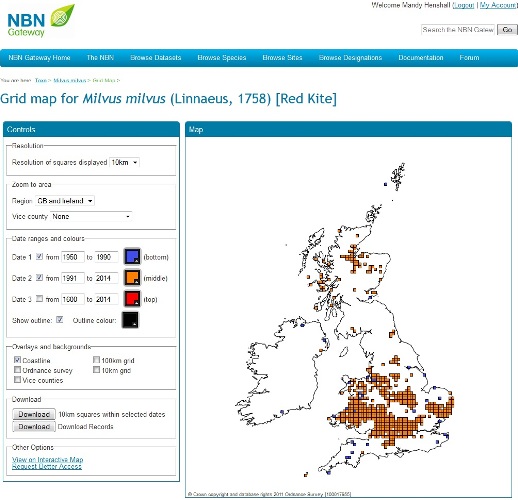Written by Louise Lund Christensen
(Buzzard and all images c. Dean Bricknell)
Since the beginning of March this year, The Wildlife Information Centre (TWIC) has been working on developing a new wildlife survey for launch in May 2014. After much deliberation here at TWIC, we decided that this year’s survey should focus on birds of prey – more specifically, Buzzards (Buteo buteo), Kestrels (Falco tinnunculus) and Red Kite (Milvus milvus).
Birds of prey are important components of healthy, functioning food webs, and they provide a lot of valuable ecosystem-services (nutrient recycling, pest control, carrion removal, etc.). However, in spite of their ecological importance, raptors are often involved in wildlife conflicts. Historically, birds of prey have had a bad reputation with game-keepers, as they are thought to prey on game etc. But not all raptors are as vicious as that – they simply don’t have the appropriate tools! Red Kites and Buzzards mainly feed on carrion, whereas all three species have a preference for small mammals (voles and mice), small songbirds and even invertebrates! Their bill and claws are not strong enough to allow them to take any larger prey.


Buzzards are currently the most common birds of prey in Scotland. However, if we look back 20 years or so, Buzzards were in fact quite rare. Quite the opposite trend is seen for Kestrels. Whereas they used to be widespread in the Lothians and Borders, there has been a 57% decline in Scottish Kestrel numbers since the mid-90s (Breeding Bird Survey, British Trust for Ornithology (BTO)). Red Kites went extinct as a breeding species in Scotland in the late 19th century. Since then, Red Kites have been reintroduced into several areas in Scotland and England during the 1980s, and populations have slowly begun expanding. Currently, Red Kites are neither resident nor breeding in the Lothians and Scottish Borders, but they could potentially establish here in the not too distant future.
To help protect our local raptors, it is important that we know where they are. We hope this survey will inform us on the distribution of Buzzards, Kestrels and Red Kites in our area, and that it will spark a greater appreciation of these beautiful birds.
To take part in the survey and submit a record, return one of our survey postcards to TWIC or submit your sighting online here where you can also find more information about the survey and each of the three species.
TWIC will be sharing records from the Record a Raptor survey with appropriate organisations, including SOC (the Scottish Ornithologists’ Club), the Lothian and Borders Raptor Study Group and Forestry Commission Scotland. The records will also be uploaded to the NBN Gateway at an appropriate resolution for public view.
See the current distribution maps for Red Kite, Kestrel and Buzzard on the NBN Gateway

